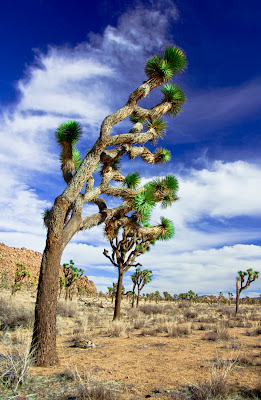We honor reciprocal links.
Hi Pentaxian friends.
Lesson 1 here: Lesson 1
Combining all three elements described in lesson 1.
You can understand that to take a properly exposed photograph, one has to balance the aperture and shutter speed according to a sensitivity value (ISO). In the 35mm film era, the sensitivity would remain constant for the duration of the roll of film. In digital, the sensitivity (ISO) can be adjusted on the fly, making this third element more important and flexible than ever. Luckily, technology spares us from long exposure calculations. We can adjust one of these three elements, and the camera will adjust the two other automatically. We can set the Aperture, for example, and let the camera select the appropriate shutter speed. That is called Aperture Priority, (Av or Aperture value) on your camera mode dial. If the exposure is impossible at the chosen aperture, the camera will either suggest using the flash or increasing the ISO rating. Both of these functions can be set to make the decision automatically or within some preset parameters. Alternatively, you can decide to set the shutter speed and the camera will choose the appropriate aperture. That is called Shutter Priority (Tv or Time value) on your mode dial
Your camera (K100D and most of the Pentax 6MP - The K10D and K20D don't have the small icons) has many preset and automatic modes, represented by small icons on the mode dial. This further simplifies the decision making for the photographer. You set the camera to portrait, and the camera is already programmed by Pentax to use the standard settings typical for a portrait shot. You set it to moving objects, and the camera leans toward a fast shutter speed to freeze the action. You set it to landscape and the camera leans toward a small aperture for maximum depth of field. These settings are fine for the casual photographers and at the beginning of your learning curve as photographer, but sooner or later, you will want to have more control over the camera. Although the technical progress made in just the last decade is nothing short of astonishing, the human element is still far superior in decision making. Once you fully understand the three essentials items explained in the preceding post, you will take the creativity control over the camera.
Adjustments to consider
Choosing a small aperture can make the scene in focus from just a few feet or inches in front of the camera to infinity.It is very useful in landscape photography. This effect is proportionally accentuated when using wide angle lenses. However it will require a slower speed or a faster ISO. Tripods are commonly used in landscape photography.
Choosing a large aperture limits the depth of field, making your subject stand out with a blurry background and foreground. (It's really called selective focusing) It will likely require a fast shutter speed or lower ISO value. (P.S. Always try to shoot at the lowest ISO value as possible. It will always produce the minimum amount of noise) This is very useful for portraits. This depth of field is proportionally accentuated with telephoto lenses. However, with telephotos, it will probably require a faster shutter speed (because a telephoto that brings the subject say, five times closer, will also register the movements as being five time faster) or a higher ISO value, as the maximum permitted aperture will be smaller
Using a fast shutter speed can freeze the action and is often used for sports and fast moving activities. However, it will require a wider aperture, a faster ISO value or the use of a flash.
Using a slow shutter speed will allow taking pictures at night or will render a feeling of movement by deliberately blurring a moving area of a scene such as water falls, etc. You will likely need a tripod and perhaps a wider aperture and faster ISO.
You can shoot with a very fast ISO and capture almost any image with little effort, but the image will contain noise.
You must have realized by now that photography is indeed all about light. Modern DSLRs have other tools to further refine the art of capturing the images with the optimum results. Built-in meters give you the choices between multi-segments metering, center-weighted or spot metering. Auto focus modes in either single or continuous focus make your photos crystal clear and sharp despite you. Shake reduction allows using slower speed than most humans could ever achieve by hand-holding the camera. White balance control assures, most of the times anyway, that the color of the scene will be the same on the saved image or file. Instant view of the capture images allows you to retake the shot(s) if not satisfied. The use of memory cards allows you to take hundreds or even thousands of shots, at practically no cost other than the purchasing cost of the card. I tell you, with digital cameras, especially with Pentax DSLRs, we’ve got it made. Remember what they say; “practice makes perfect” or close to it anyway as I don’t believe that perfection can ever be achieved.

I will continue to post Digital Photography lessons in the weeks and months to come. All of the advanced photographers out there, this may be over-simplified for you, but remember that there are many entry-level photographers that need such information. We all started by knowing nothing about photography, and learned Little by little. You can certainly and hopefully contribute to this post, but try not to confuse the "newbies" with too much technical information. Once the basic of photography is understood, the technical stuff will sink in better.
Thanks for reading.
Yvon Bourque

No comments:
Post a Comment